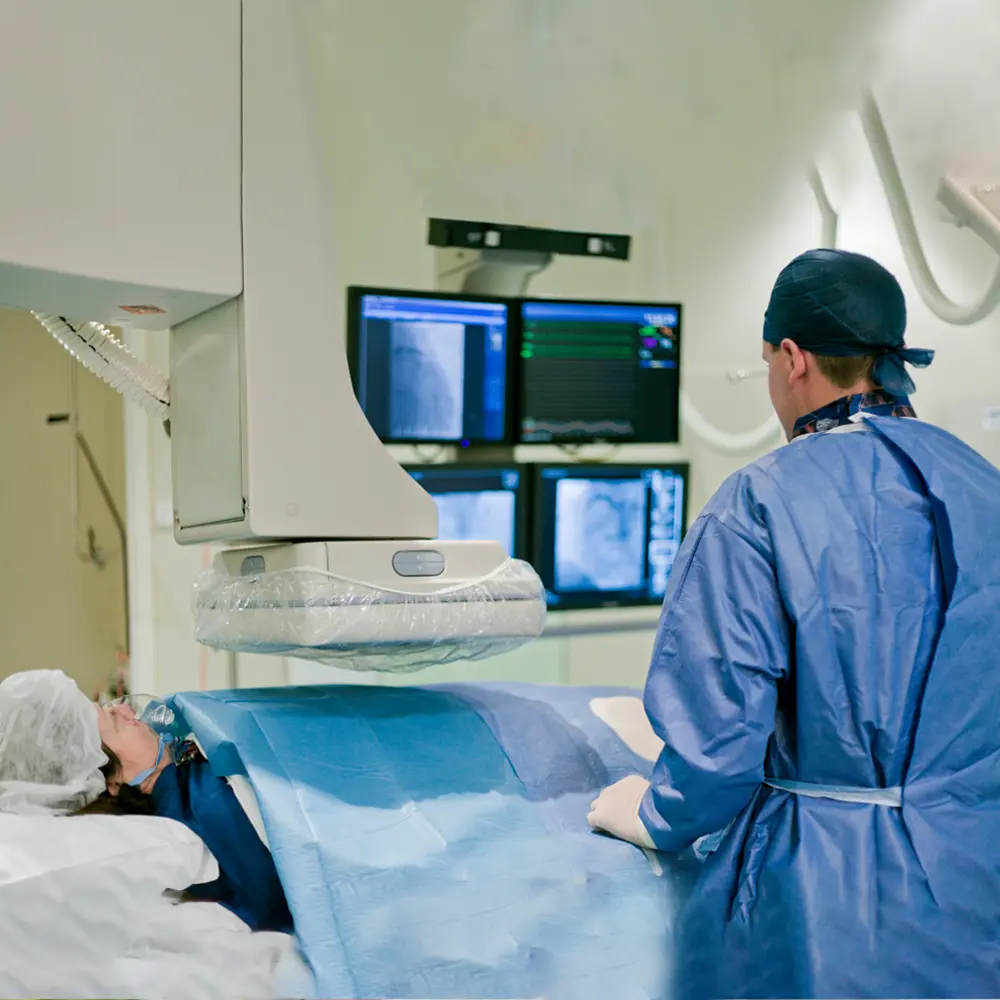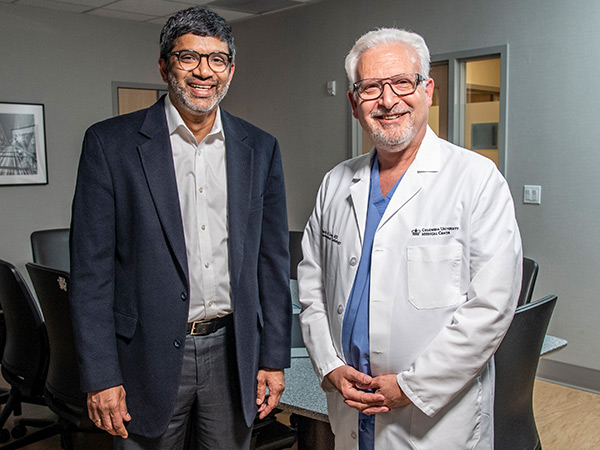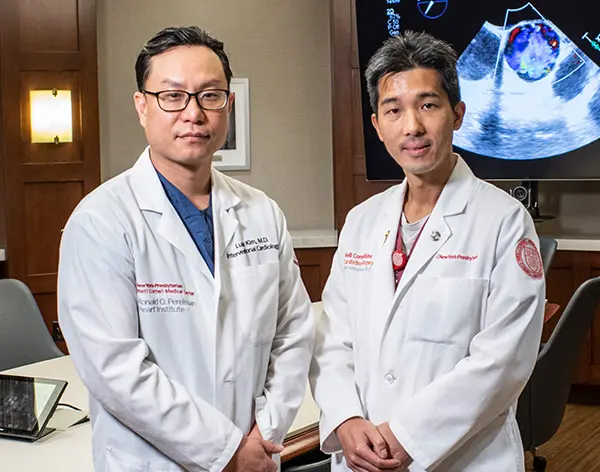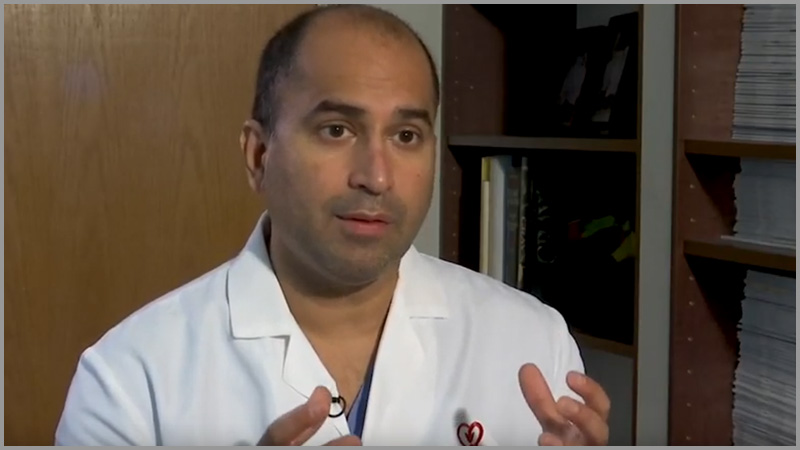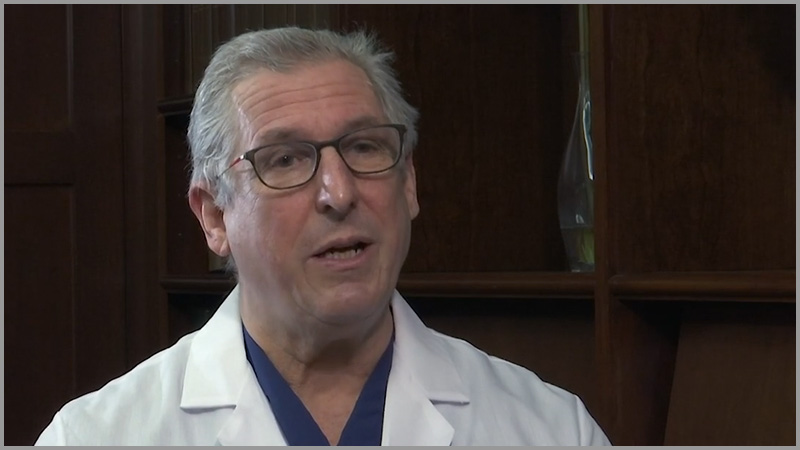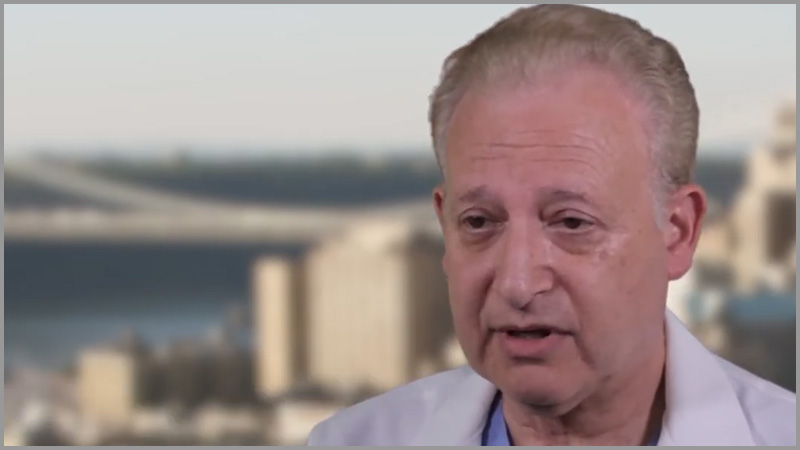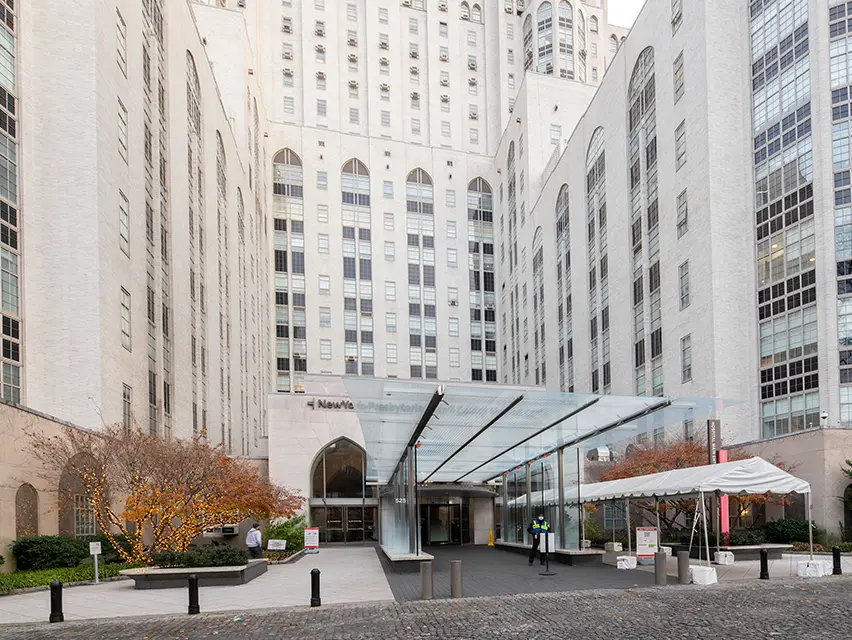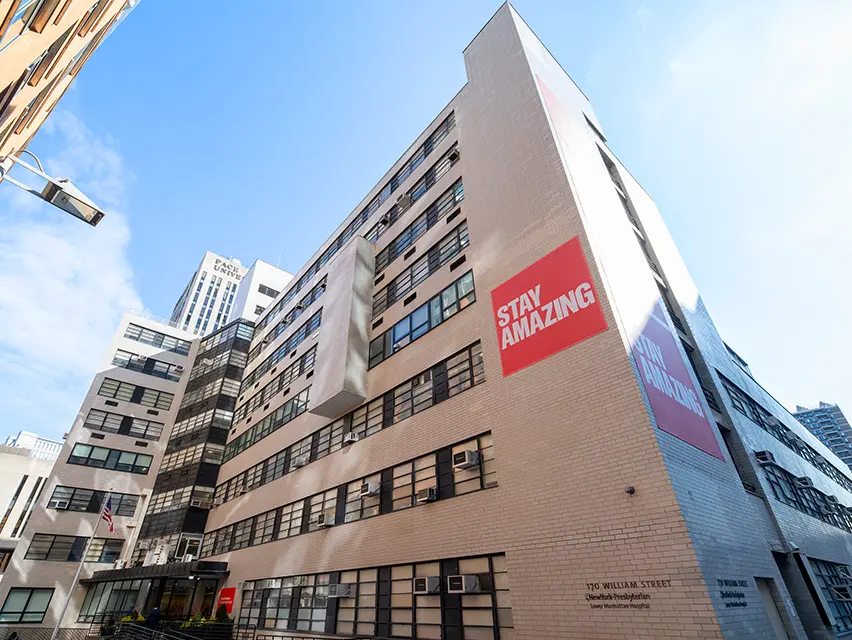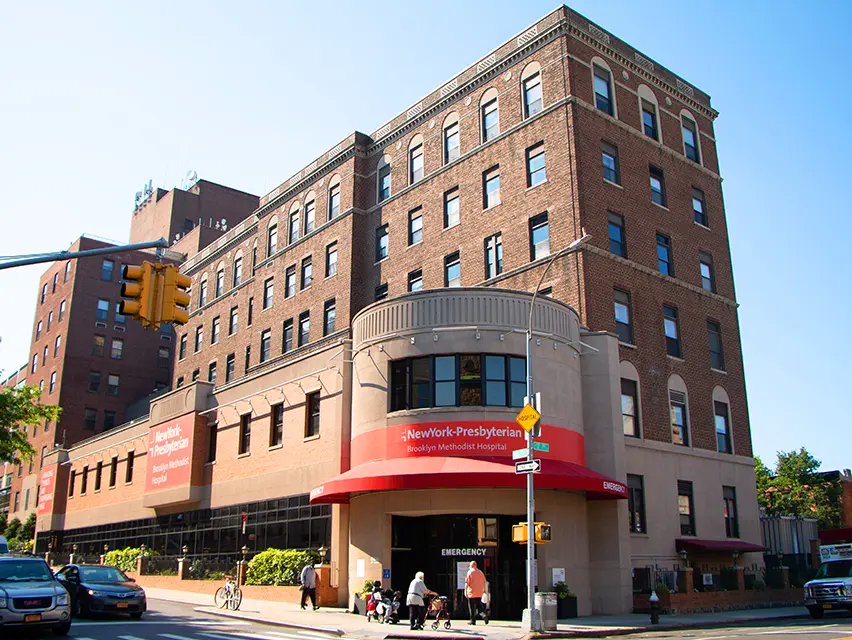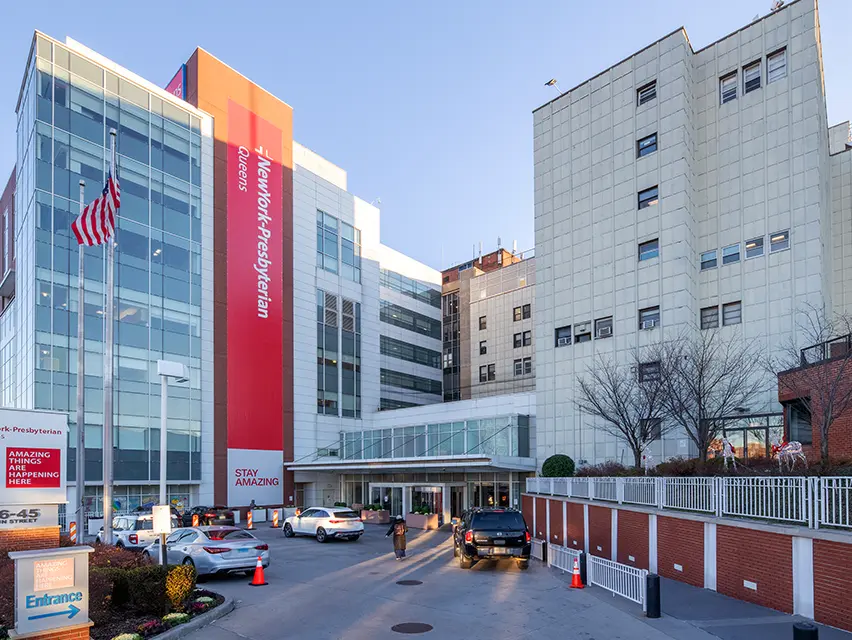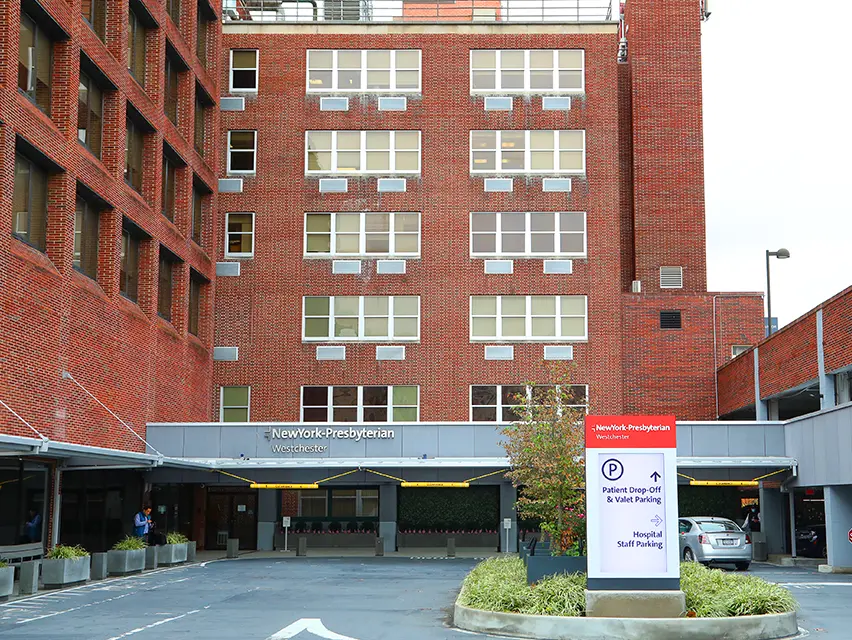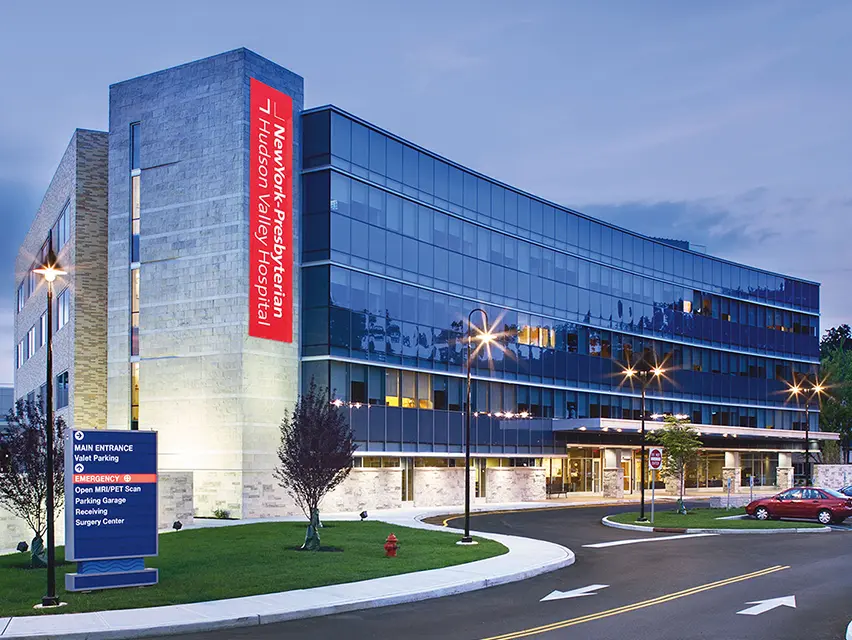New York-Presbyterian is one of the world’s leading referral centers for patients needing interventional cardiology therapies. We have been among the first institutions to pioneer and adopt the latest procedures and technologies in interventional cardiology. We specialized in treating severe coronary artery disease in a patient who is considered “high risk.” We perform more than 11,000 cardiac diagnostic and interventional procedures annually, and our outcomes and patient satisfaction scores are second to none.
We will offer a highly customized clinical treatment plan for all patients suffering from cardiovascular disease to ensure they receive the highest level of care.




